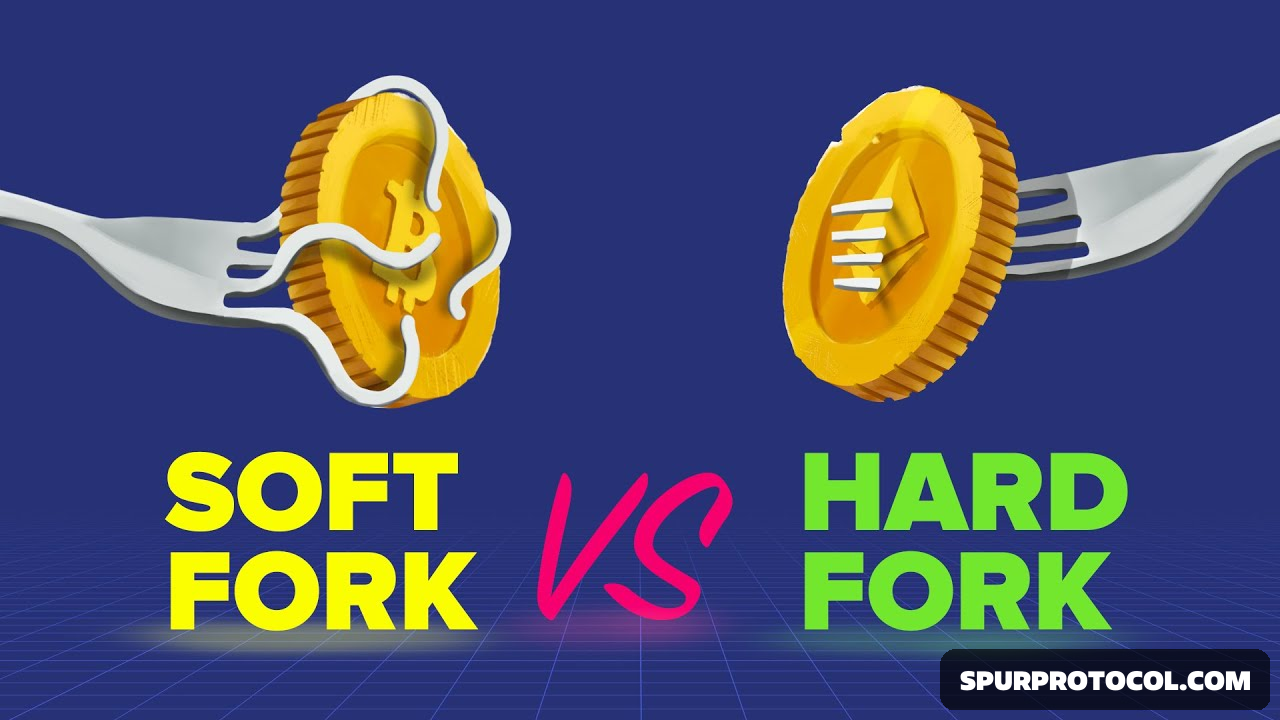What’s The Difference Between A Soft Fork And A Hard Fork?
Some major differences between Hard fork and Soft fork.
Go Back
🕒 12:13 PM
📅 May 11, 2025
✍️ By oluwafemighty
Some major differences between Hard fork and Soft fork.
Go Back
🕒 12:13 PM
📅 May 11, 2025
✍️ By oluwafemighty
The difference between a soft fork and a hard fork lies in backward compatibility and how changes affect the blockchain protocol
Soft Fork:
Introduces new rules or changes to the blockchain protocol that older versions of the software can still recognize and validate. This means nodes running older software can still participate in the network and will still recognize and validate transactions from nodes running the newer software.
Hard Fork:
Introduces new rules or changes to the blockchain protocol that are not compatible with older versions of the software. This means nodes running older software will not be able to validate transactions from nodes running the newer software, and the network can potentially split into two separate chains.
Soft Fork
1. Definition: A backward-compatible upgrade to the blockchain.
2. Effect: Older nodes can still recognize and validate new blocks unless they upgrade.
3. Result: Only one blockchain continues; it's still unified.
4. Example: Adding a new rule that tightens validation criteria, like limiting block size further.
Hard Fork
1. Definition: A non-backward-compatible change to the protocol.
2. Effect: Older nodes will reject new blocks unless they upgrade.
3. Result: The blockchain splits into two—one following the old rules, one following the new.
Example: Increasing block size or changing transaction formats entirely.